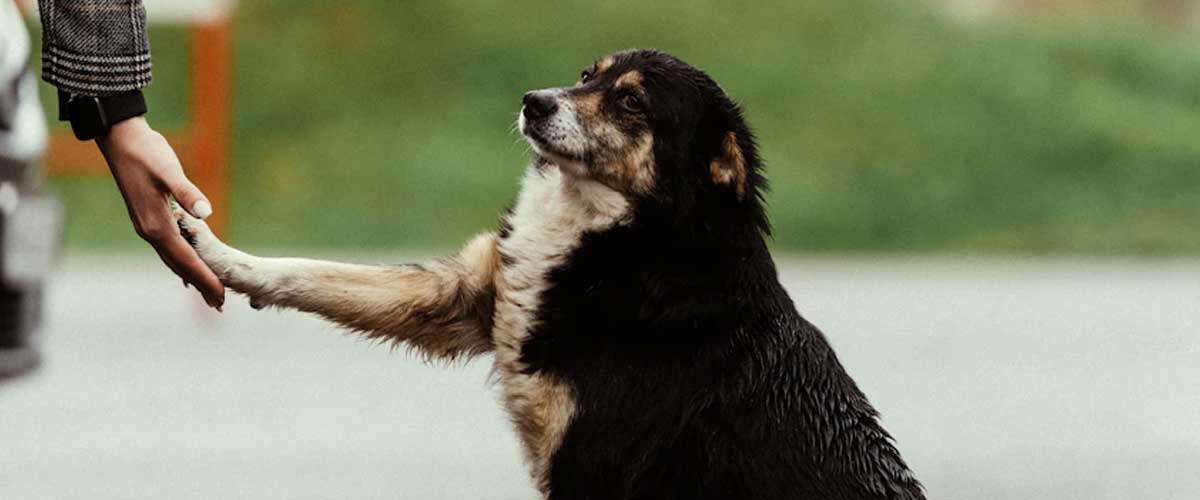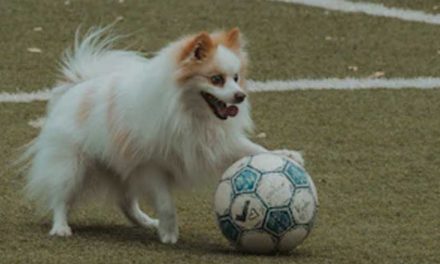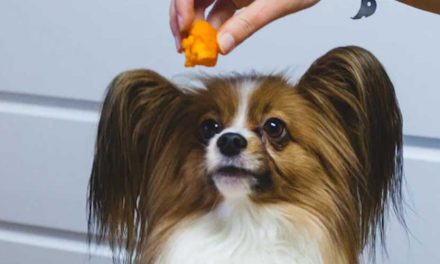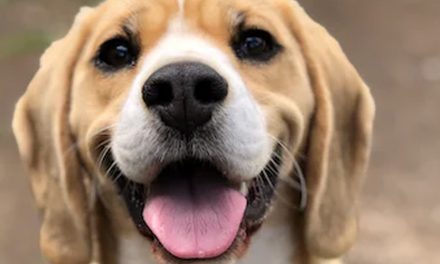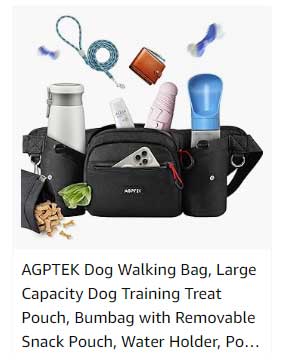Training your dog to shake hands is a fun and engaging trick that can strengthen your bond and impress your friends.
Here’s a step-by-step guide to help you teach your dog to shake hands:
What You’ll Need:
Treats: Small, tasty treats your dog loves
A quiet environment: Minimize distractions
Patience and consistency
Step-by-Step Instructions:
1. Get Your Dog’s Attention:
Start in a quiet space with minimal distractions.
Sit or kneel in front of your dog, ensuring they are calm and focused on you.
2. Show the Treat:
Hold a treat in your hand, making sure your dog can see and smell it.
This will pique their interest and encourage them to engage with you.
3. Encourage the Paw Movement:
With the treat in your hand, say your command (e.g., “Shake” or “Paw”) clearly. – Gently tap your dog’s paw with your other hand to encourage them to lift it.
4. Reward the Behavior:
As soon as your dog lifts their paw, even slightly, praise them enthusiastically (use a cheerful voice) and give them the treat. – If your dog does not lift their paw, you can gently move their paw up yourself while saying the command.
5. Repeat the Process:
Practice this several times in short sessions of about 5-10 minutes.
Consistent repetition is key to reinforcing the behavior.
6. Add Duration:
Once your dog consistently lifts their paw when you ask, start withholding the treat for a second or two to encourage them to hold their paw up before you reward them.
This builds duration for the trick.
7. Transition to Just the Command:
After your dog understands the trick, try saying the command without showing the treat first.
Reward them if they respond correctly.
8. Practice, Practice, Practice:
Keep practicing regularly. Mix in praise and treats to keep your dog motivated.
Gradually phase out the treats so your dog learns to respond to the command alone.
9. Train in Different Environments:
Once your dog has mastered the trick at home, try practicing in different locations with various distractions.
This helps your dog generalize the behavior.
10. Be Patient and Positive:
If your dog doesn’t catch on right away, don’t get discouraged.
Always use positive reinforcement and ensure that training remains a fun experience.
Tips:
Always end training sessions on a positive note, even if it’s just a quick play session or some petting.
Keep training sessions short to avoid overwhelming your dog.
If your dog seems uninterested or frustrated, take a break and try again later.
Conclusion
Teaching your dog to shake hands is a rewarding experience that enhances your communication with your pet.
With consistent practice and positive reinforcement, your dog will soon be showcasing their new trick!
Happy training!

